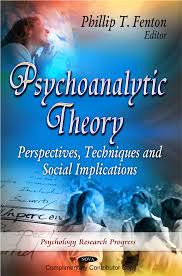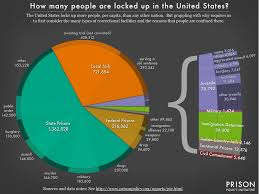Psychoanalytic and social learning theories offer different perspectives on the causes and explanations of crime:
Psychoanalytic Theory
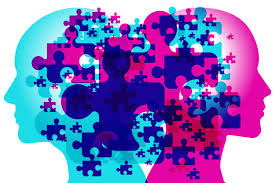
Psychoanalytic theory, primarily developed by Sigmund Freud, focuses on the unconscious mind and early childhood experiences as determinants of behavior. When applied to crime, psychoanalytic theory suggests that criminal behavior stems from unresolved psychological conflicts or traumas from early childhood experiences. Here are some key points regarding how psychoanalytic theory explains crime:
Id, Ego, and Superego
According to Freud, personality is structured into three parts: the id, ego, and superego. Criminal behavior may arise from conflicts between these parts, particularly when the superego’s moral restraints are weakened or compromised.
Defense Mechanisms
Individuals may engage in criminal behavior as a defense mechanism to cope with unresolved psychological conflicts or traumas. For example, individuals may resort to criminal activity to alleviate feelings of anxiety or to assert control over their environment.
Childhood Experiences
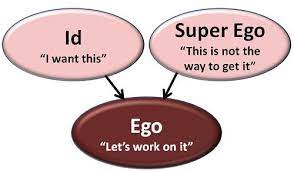
Psychoanalytic theory emphasizes the importance of early childhood experiences, especially those related to parenting and upbringing. Traumatic or abusive experiences during childhood can contribute to the development of criminal tendencies later in life.
Unconscious Motivations
Criminal behavior may be driven by unconscious motives, desires, or impulses that individuals are not fully aware of. These unconscious factors can influence decision-making and lead to criminal actions.
Social Learning Theory:
Social learning theory, developed by Albert Bandura, focuses on how individuals learn from observing others within social contexts. This theory emphasizes the role of reinforcement, punishment, and modeling in shaping behavior. Here are some key points regarding how social learning theory explains crime:
Observational Learning
Individuals learn criminal behavior by observing and imitating the actions of others, particularly role models or peers who engage in criminal activities. This process is known as observational learning or modeling.
Reinforcement

Criminal behavior may be reinforced through positive outcomes such as financial gain, social status, or a sense of power and control. Conversely, punishment or negative consequences may deter individuals from engaging in criminal activities.
Socialization
The social environment, including family, peers, and community influences, plays a crucial role in shaping individuals’ attitudes and behaviors towards crime. Exposure to deviant or criminal subcultures can increase the likelihood of individuals adopting criminal norms and values.
Differential Association
According to social learning theory, individuals become more likely to engage in criminal behavior if they associate with others who endorse and reinforce such behavior. The strength and frequency of these associations can influence the extent to which individuals adopt criminal attitudes and behaviors.
Psychoanalytic Theory
Unconscious Conflicts
According to Freudian psychoanalytic theory, individuals have unconscious conflicts stemming from unresolved issues during childhood development. These conflicts may involve feelings of aggression, sexuality, or other primal urges that are repressed due to societal norms or personal experiences.
Defense Mechanisms
To cope with these unconscious conflicts, individuals develop defense mechanisms, such as repression, denial, or displacement. These defense mechanisms help protect the individual’s conscious mind from experiencing overwhelming anxiety or guilt.
Manifestation of Criminal Behavior
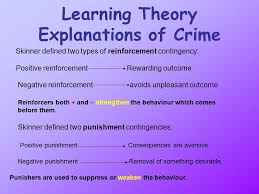
In some cases, individuals may unconsciously act out their unresolved conflicts through criminal behavior. For example, someone who experienced childhood trauma might engage in criminal acts as a way to gain a sense of power or control over their environment.
Example: A person who suffered abuse during childhood may unconsciously replicate the dynamics of abuse by becoming an abuser themselves, engaging in criminal behavior such as domestic violence.
Social Learning Theory:
Observational Learning
Social learning theory, proposed by Albert Bandura, suggests that individuals learn behaviors by observing others, particularly significant role models such as family members, peers, or media figures.
Imitation and Modeling
Individuals are more likely to imitate behaviors they see being rewarded or reinforced. If they observe others being praised or gaining social status through criminal activities, they may be more inclined to emulate those behaviors.
Reinforcement
Positive reinforcement, such as monetary gain or social approval, can strengthen the likelihood of repeating criminal behaviors. Conversely, lack of punishment or negative consequences may also reinforce criminal behavior.
Example
A teenager growing up in a neighborhood where gang activity is prevalent may observe older gang members gaining respect and material rewards. The teenager may then join the gang and engage in criminal acts to achieve similar rewards and status.
In summary, psychoanalytic theory emphasizes the role of unconscious conflicts and defense mechanisms in driving criminal behavior, while social learning theory focuses on observational learning, imitation, and reinforcement from the individual’s social environment. These theories offer complementary perspectives on the psychological and social factors contributing to criminal behavior, highlighting the complex interplay between individual psychological processes and social influences
Conclusion
While psychoanalytic theory emphasizes unconscious motivations and early childhood experiences as determinants of crime, social learning theory focuses on how individuals learn criminal behavior through observation, reinforcement, and socialization within their environment. Both perspectives offer valuable insights into the complex factors underlying criminal behavior.

